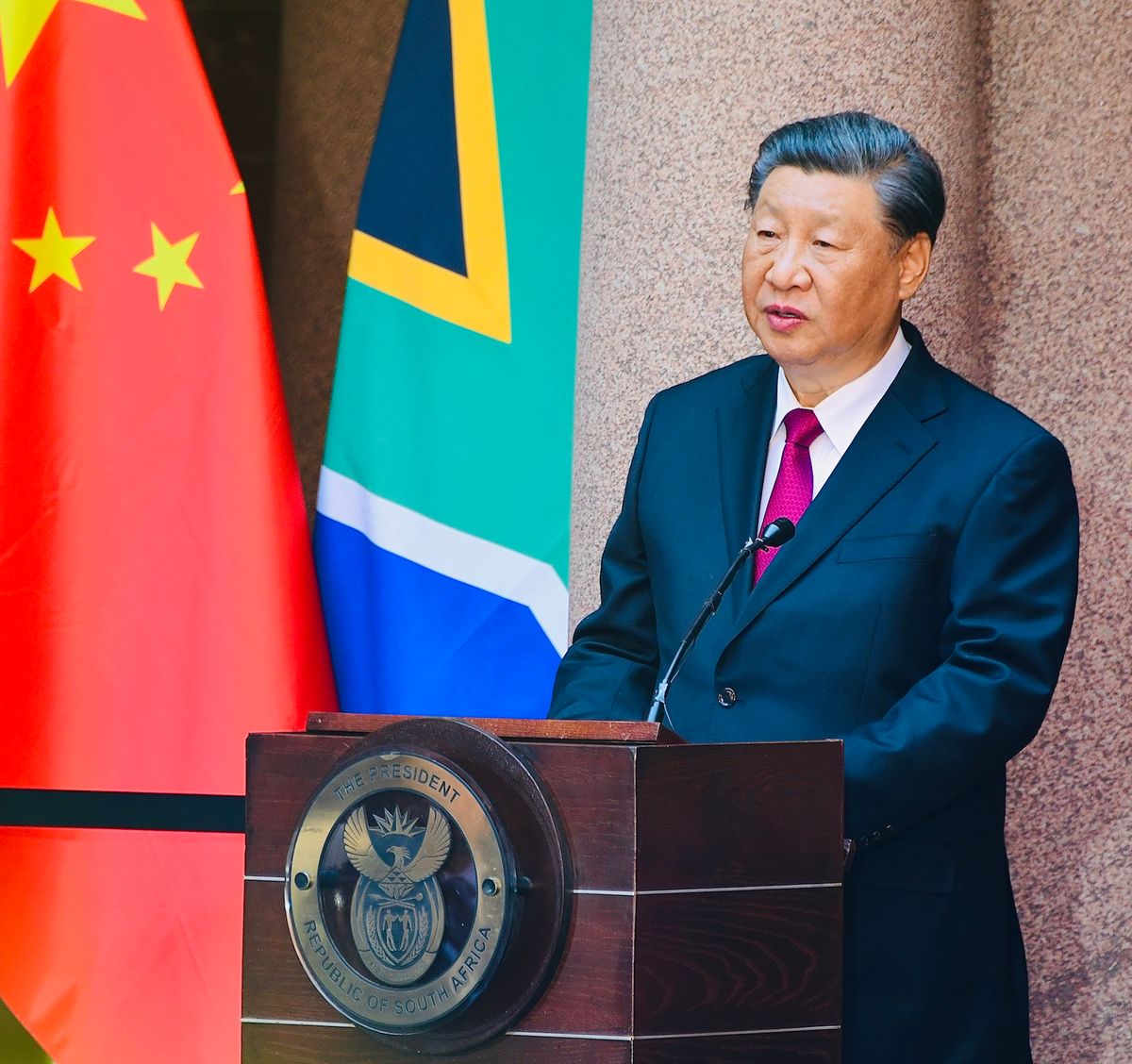China's Renewed Commitment to Developing Nations: Insights from BRI White Paper

The Lede: China has reaffirmed its unwavering commitment to supporting developing nations, by releasing a white paperon a ten-year-anniversary for its signature Belt and Road Initiative (BRI).
What we know:
- The white paper published by the State Council Information Office of China on Tuesday said that the current form of economic globalization, dominated by a few nations, has exacerbated wealth disparities and hindered the progress of developing countries. It presents the BRI as an alternative model for international development.
- Without naming a specific country, the white paper, called “The Belt and Road Initiative: A Key Pillar of the Global Community of Shared Future”, said that some nations excessively expand the idea of safeguarding national security and pursue "decoupling" under the pretext of "derisking."
- The publication of the white paper comes prior to the upcoming Third Belt and Road Forum for International Cooperation in Beijing, scheduled for October 17-18 to commemorate the decade-long global infrastructure development strategy. Over 130 countries, including developing nations from Africa and Latin America and 30 international organizations have already committed to sending delegates to participate. Russian President Vladimir Putin is expected to attend as well, the Reuters reported.
- Recently Beijing has declined Islamabad's requests for new Belt and Road initiatives in Pakistan. This decision aligns with China's shift towards greater selectivity and cost-effectiveness in its overseas development endeavors, particularly in light of its domestic economic slowdown.
The background: China's Belt and Road Initiative (BRI), often called the New Silk Road, was initiated by President Xi Jinping in 2013 and initially aimed to connect East Asia and Europe through physical infrastructure. Over the past decade, the initiative has grown to encompass regions in Africa, Oceania, and Latin America, substantially amplifying China's economic and geopolitical reach. Xi’s overarching goal with BRI was to expand China's global influence by creating a vast network of infrastructure, boosting economic growth, enhancing connectivity between China and partner nations, promoting the international use of the renminbi, addressing infrastructure gaps, and fostering cultural exchange, ultimately positioning China as a key player in global affairs.
Between 2013 and 2022, the total combined investment between China and its partner nations amounted to $380 billion, of which $240 billion originated from China, according to the South China Morning Post.
As of now, 147 nations, encompassing two-thirds of the global population and representing 40 percent of the world's GDP, have either engaged in projects or expressed a desire to participate, according to the Council on Foreign Relations.
In 2019, Italy, led by Prime Minister Giuseppe Conte, became the inaugural G-7 nation to join China's BRI. This move stirred debate within the European Union and raised concerns among Italy's traditional Western allies, including the United States. The current Italian Prime Minister Giorgia Meloni said earlier this year that her government wants Italy to withdraw from the controversial agreement by the end of the year. The BRI spending in Europe has fallen amid a continuous push from the West to reduce dependence on China, the Voice of America reported.
A recent study by the Boston University’s Global Development Policy Center said some countries may accumulate unsustainable levels of debt due to loans from China for large-scale infrastructure projects. Critics worry about high interest rates, short repayment periods, and potential loss of economic and political sovereignty, while proponents argue that BRI projects can promote economic development and that debt sustainability is a priority.
Over the years BRI has also faced criticism for its environmental impact, including concerns about deforestation, carbon emissions from coal-fired power plants, resource extraction, water resource management, inadequate environmental standards, transboundary effects, biodiversity loss, and potential harm to ecologically sensitive areas.
Likely outcomes/Takeaway:
- The recently published white paper showcases that China is prepared to collaborate with developing nations to foster enhanced and more productive partnerships within the framework of the BRI.
- China seems to be adjusting its approach by emphasizing smaller-scale projects and renewable energy initiatives.The new projects are likely to encompass solar and wind farms, manufacturing facilities for electric vehicle components and batteries, as well as mines for crucial minerals like lithium needed in the production of electric vehicles.
- China has also slowed down its BRI spending amid its slow post-pandemic economic recovery and the trend is likely to continue.
Quotables:
- “Certain countries overstretch the concept of national security and seek 'decoupling' in the name of 'derisking;' they trample international economic and trade order and market rules, and endanger the security and stability of international industrial supply chains; they also impede international humanistic and technological exchanges and cooperation. Their actions raise obstacles to the long-term development of humanity.” – BRI White Paper.
- “It is no longer acceptable that only a few countries dominate world economic development, control economic rules, and enjoy development fruits.” – BRI White Paper.
Good Reads:
Ten Years Old, China's 'Belt and Road' Is Losing Allure in Europe (The Voice of America)
China touts its Belt and Road infrastructure lending as an alternative for international development (The Associated Press)
China Puts Brakes On Pakistan's Belt and Road Proposals (The China Paper)
